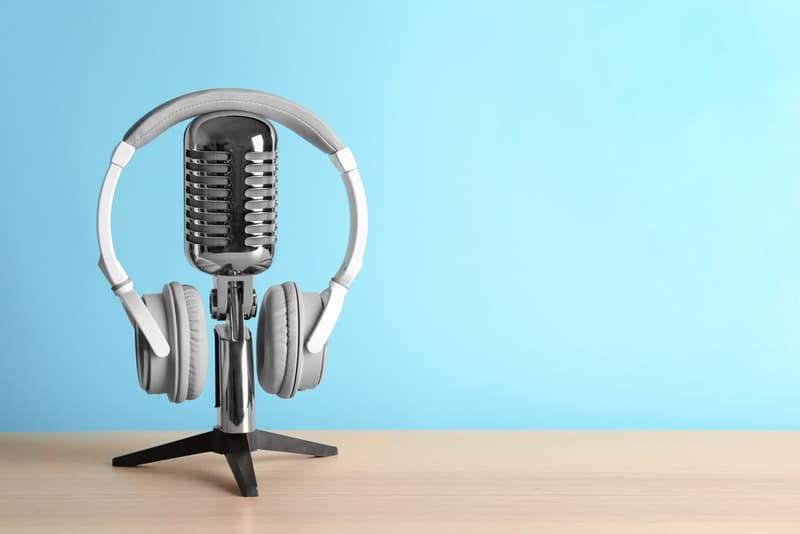What is a Podcast & How Does it Work? (Ultimate Guide)
Hey there, curious minds! Have you ever found yourself scrolling through your favorite streaming platform, wondering what all the buzz about podcasts is realy about? Maybe you’ve heard friends rave about a gripping true crime series or a thought-provoking interview show, but still can’t quite grasp what makes this medium so captivating. well, you’re in the right place!
In this ultimate guide, we’re diving deep into the world of podcasts – a vibrant space where storytelling, education, and entertainment collide. Whether you’re a seasoned listener or a complete newbie, we’ll break down everything you need to know: What exactly is a podcast? How does it work? And most importantly, why should you start tuning in?
So, grab your headphones and get comfy. By the end of this article, you’ll not only understand what makes podcasts tick but also discover why they might just become your new favorite way to engage with the world. Let’s embark on this audio adventure together!
Understanding the Basics of Podcasts and Their Popularity
Podcasts have surged in popularity over the past few years,transforming the way we consume media. But what exactly is a podcast? At its core, a podcast is a digital audio file that can be streamed or downloaded from the internet. Typically, these audio files are produced as a series, allowing listeners to subscribe and receive new episodes automatically.
One of the reasons for the medium’s popularity is its accessibility. You can listen to podcasts anytime, anywhere—whether you’re commuting, exercising, or simply relaxing at home. This convenience has attracted a broad audience, from busy professionals to students, all seeking engaging content that fits their schedules. The variety of topics available is another critically important draw:
- True Crime – Captivating narratives about real-life mysteries
- Health & Wellness – Tips and discussions on living a healthier life
- Technology - Insights into the latest trends and innovations
- Comedy – Humorous takes on various subjects
- Education – Learn something new on a wide range of topics
podcasts are also appealing due to their potential for community building. Manny shows foster a sense of connection between hosts and listeners, creating vibrant communities through social media and listener feedback. This interactive element enhances the experience, making audiences feel like they’re part of something larger. additionally, unique formats such as interviews, storytelling, and roundtable discussions offer varied listening experiences that keep audiences engaged.
To understand how podcasts work, it’s essential to grasp the technology behind them. Podcasts are typically hosted on platforms that distribute audio files via RSS feeds. When a new episode is released, subscribers receive updates automatically, making it easy to stay informed. Moreover, most platforms allow listeners to leave reviews, share episodes, and even interact with the creators, enriching the podcast ecosystem.
| Feature | Description |
|---|---|
| Subscription Model | Listeners subscribe to receive new episodes automatically. |
| Variety of Formats | Includes interviews, discussions, and narrative storytelling. |
| Listen Anywhere | Accessible on various devices like smartphones, tablets, and computers. |
| Community Engagement | Listeners can interact directly with hosts and fellow fans. |
the rise of podcasts represents a shift in how we engage with content.With their diverse range of topics, flexible listening options, and strong community ties, it’s no wonder that podcasts have become a staple in the modern media landscape. As the podcasting world continues to evolve, it promises even more exciting developments for both creators and audiences alike.
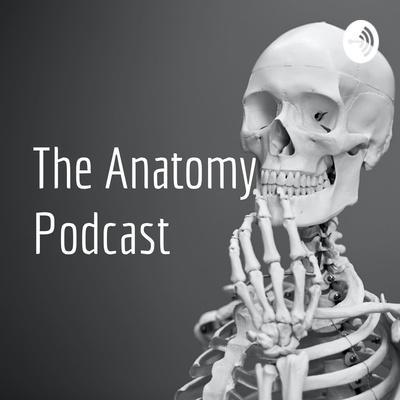
The Anatomy of a Podcast: Key Components Explained
Understanding the core components of a podcast is essential for both creators and listeners. Each element plays a crucial role in defining the podcast’s identity, tone, and effectiveness in reaching and engaging its audience.
1. Concept and Format: The foundation of any successful podcast lies in its concept. This includes:
- Theme: What the podcast is about – be it true crime, technology, lifestyle, or education.
- Format: How the content is structured, which can range from interviews and storytelling to round-table discussions.
- Episode Length: The typical duration of an episode, influencing listener commitment.
2.Equipment: Quality audio is non-negotiable. Essential gear includes:
- Microphone: A good microphone ensures clear sound quality.
- Headphones: Important for monitoring audio while recording and editing.
- Recording Software: Tools like Audacity or GarageBand can definitely help in capturing your voice and editing.
3. Content Creation: Once you have your concept and equipment, it’s time to create compelling content.Consider:
- Script or Outline: A roadmap for your episode can keep you on track and ensure you cover all points.
- Guest Features: Inviting guests can add depth and varied perspectives to your episodes.
- Storytelling Elements: Engaging narratives can captivate listeners and keep them coming back.
4. Distribution and Promotion: After recording, it’s crucial to get your podcast out there.This involves:
- Hosting Platforms: Choose a reliable podcast hosting service to distribute your episodes.
- Directories: Submit your podcast to platforms like Apple Podcasts, Spotify, and Google Podcasts.
- Social Media Marketing: Promote your episodes through social networks to attract new listeners.
The anatomy of a podcast is a blend of creativity, technical know-how, and strategic marketing. Each component, from the initial concept to final promotion, contributes to making a podcast not just a series of episodes, but a cohesive and inviting experience for listeners.
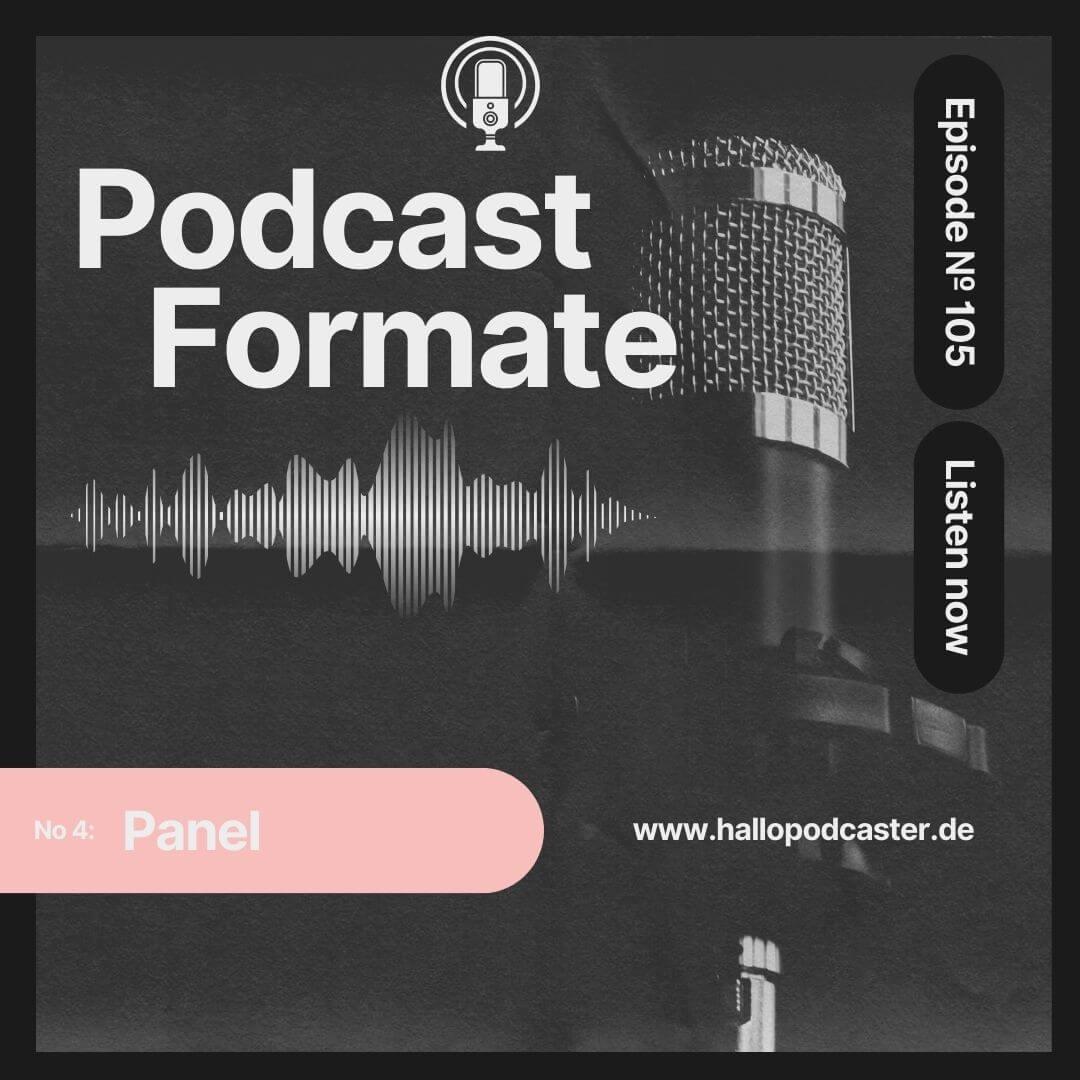
Choosing the Right Podcast Format for Your Message
When it comes to launching your podcast, the format you choose can significantly impact how effectively you communicate your message. Selecting the right structure not only helps to engage your audience but also enhances the overall listening experience. Here are some popular podcast formats to consider:
- Interview Style: This format features a host interviewing a guest,which can provide diverse perspectives and insights. It’s perfect for topics where expert opinions add value.
- Solo Episodes: If you have a wealth of knowledge or personal stories to share, consider going solo. This format allows for deep dives into specifics without outside interruptions.
- Co-hosted Shows: Teaming up with a co-host can create a dynamic atmosphere, making conversations more engaging. This format works well for discussions and banter.
- Narrative/Storytelling: For those with a knack for storytelling, this format can captivate listeners through compelling narratives, weaving facts into engaging tales.
- Panel Discussions: Gather multiple experts to discuss a topic. This format can offer various viewpoints and foster rich discussions, making it ideal for complex themes.
Another crucial consideration in choosing your podcast format is your target audience. Understanding who you are speaking to will guide your decision. Ask yourself:
| Questions to Consider | Purpose of the Format |
|---|---|
| what is my audience’s preference for content delivery? | Align your format with their listening habits. |
| What is the complexity of the topic? | Choose a format that efficiently conveys the facts. |
| How much time can I consistently dedicate to each episode? | Ensure your format matches your production capacity. |
Moreover, consider the technical aspects of your chosen format. A narrative podcast might require more editing and sound design to keep listeners engaged, while a solo or interview format might be easier and quicker to produce. Balancing your creative vision with practical execution is key.
don’t be afraid to experiment.Many successful podcasters start with one format and transition to another as they discover what resonates with their audience. Pay attention to listener feedback and analytics; they can provide invaluable insights into what works best.Ultimately, the right format will not only convey your message effectively but will also reflect your personality and style.
How to Plan and Research Your Podcast Content Effectively
Effective Podcast Content Planning and Research
Creating a successful podcast goes beyond just recording your voice; it’s about crafting engaging content that resonates with your audience. To do this effectively, you’ll need a solid plan and thorough research. Here are some strategies to help you develop a compelling podcast content strategy:
start by identifying your target audience. Understanding who you want to reach will inform every aspect of your podcast, from the topics you choose to the tone of your delivery. Ask yourself:
- What are their interests?
- What challenges do they face?
- how can my podcast provide value to them?
Next, brainstorm content ideas. Consider creating a content calendar to keep your ideas organized and ensure a consistent flow of episodes. Here’s a simple table to help you outline your potential topics:
| Episode Number | Topic | Guest (if applicable) | Release Date |
|---|---|---|---|
| 1 | Introduction to Podcasting | Host Only | 01/15/2024 |
| 2 | Interview with a Podcast Expert | Jane Doe | 01/22/2024 |
| 3 | Top 10 podcasting Tips | Host Only | 01/29/2024 |
Once you have your topics, it’s time to dive into research. gather information from credible sources to enrich your content. This could include articles,studies,or interviews with industry professionals. A well-researched podcast not only enhances your credibility but also provides your audience with valuable insights. Don’t forget to take notes and organize your findings for easy reference during recordings.
Consider incorporating various formats into your podcast, such as interviews, panels, or storytelling. Mixing formats can keep your content fresh and engaging. Think about how each format can serve the topic you’re discussing and be open to experimenting to find what resonates best with your audience.
always keep your listeners in mind by inviting feedback and suggestions.Engaging with your audience creates a sense of community and can provide you with valuable insights into what they want to hear next. Use social media platforms or dedicated platforms to solicit feedback, making your listeners feel valued and heard.
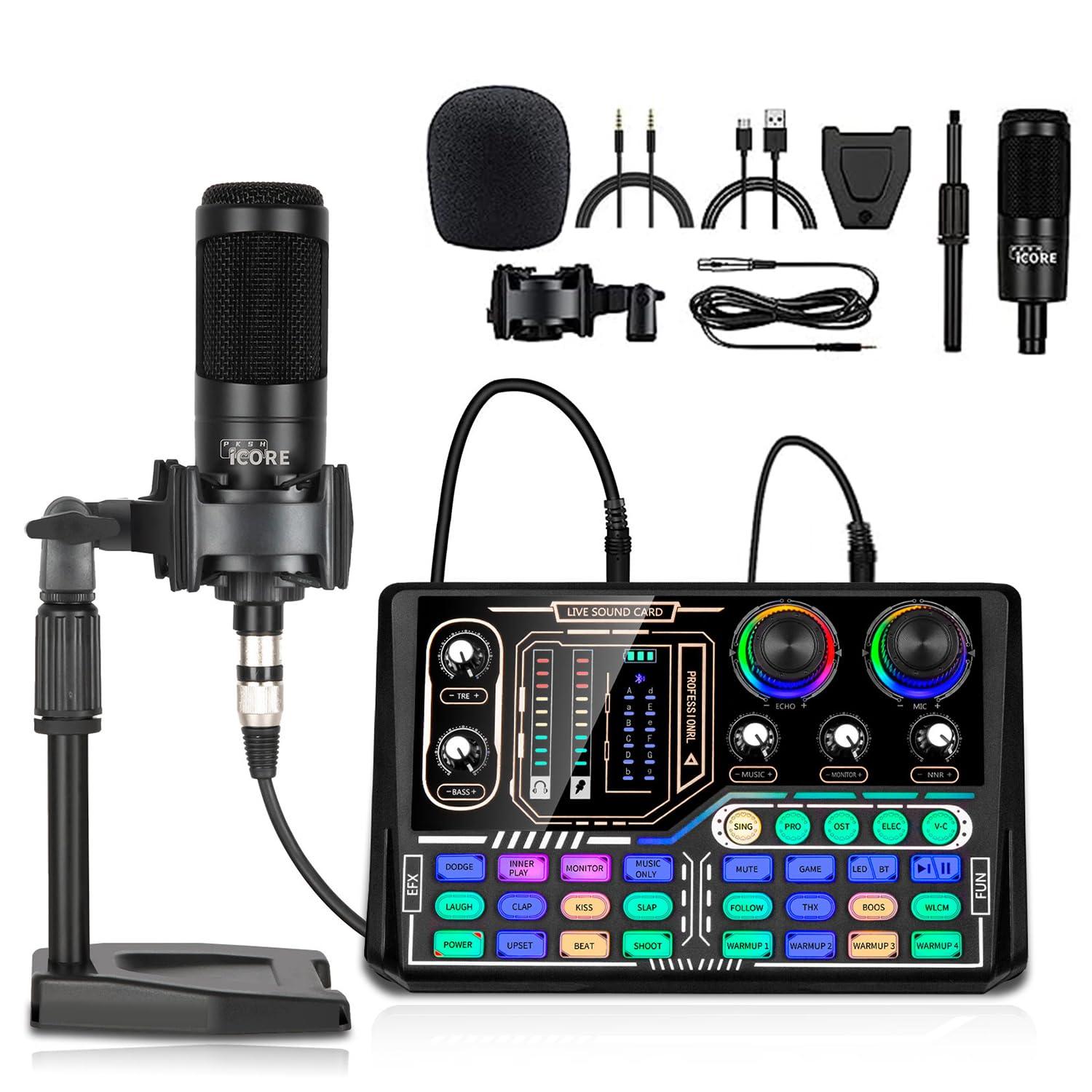
essential Equipment and Software for Aspiring Podcasters
Embarking on your podcasting journey requires the right tools to ensure your message is not only heard but also resonates with your audience. Having the essential equipment and software can make a significant difference in the quality and professionalism of your podcast. Here’s a rundown of what you’ll need to get started.
Microphones
your choice of microphone is crucial, as it directly impacts audio quality. Here are some options:
- Dynamic Microphones – Great for recording in untreated rooms due to their directionality.
- Condenser Microphones – Perfect for capturing detailed vocals in controlled environments.
- USB microphones – Ideal for beginners due to their plug-and-play functionality.
Headphones
Invest in a good pair of headphones to monitor your audio while recording and editing. Look for:
- Closed-back Headphones – They help isolate sound and prevent audio bleed during recording.
- Comfortable Fit – Since you’ll likely be wearing them for extended periods, comfort is key.
Recording and Editing Software
Software choices can vary based on your skill level and budget. Here are some popular options:
| Software | price | Best For |
|---|---|---|
| Audacity | Free | Beginners |
| GarageBand | Free (mac only) | Mac Users |
| Adobe Audition | $20.99/month | Professionals |
| Reaper | $60 (discounted) | Intermediate Users |
Audio Interfaces and Mixers
If you plan to use professional microphones or multiple inputs, an audio interface or mixer is essential. These devices convert analog signals to digital, ensuring high-quality recordings. Look for features like:
- Multiple Inputs – useful for interviews or co-hosted episodes.
- Phantom Power – Needed for condenser microphones.
Hosting platforms
Choosing the right hosting platform is critical for distributing your podcast. Here are a few reliable options:
- Libsyn – One of the oldest and most trusted podcast hosts.
- Anchor – Offers free hosting with monetization options.
- Podbean – User-friendly with great promotional tools.
Arming yourself with the right equipment and software will not only streamline your podcasting process but also enhance your overall production quality. Whether you’re recording solo or with guests, having the proper tools at your disposal will set you up for success in the podcasting world.
Recording and Editing: Tips for high-Quality Sound
To achieve high-quality sound in your podcast, it’s essential to pay attention to both the recording and editing processes. Here are some tips to help elevate your audio game:
- Choose the Right Equipment: Investing in a good microphone is crucial. Consider dynamic microphones for voice clarity and condenser mics for a more nuanced sound. Don’t forget about pop filters to reduce plosive sounds and headphones to monitor audio quality during recording.
- Find the Perfect Environment: Record in a quiet space with minimal echo.soft furnishings can help absorb sound, reducing background noise and enhancing audio clarity. If possible, consider soundproofing your recording area for the best results.
- Monitor Levels: Keep an eye on your audio levels while recording. Aim for levels that allow your voice to be clear without distortion. A good rule of thumb is to keep your peaks around -6 dB to -3 dB.
Once you have your recordings, the editing phase is where the magic happens. Here are several editing tips to refine your audio:
- Use Quality Software: Choose a digital audio workstation (DAW) that suits your needs. Popular options include Audacity, GarageBand, or Adobe Audition. Most of these offer powerful features to enhance your audio quality.
- Clean Up the Audio: Eliminate background noise and unwanted sounds. Utilize noise reduction tools and EQ settings to enhance clarity. Don’t shy away from cutting out long pauses or filler words to keep your content engaging.
- Add Music and Effects Sparingly: While adding music can enhance your podcast, it’s important to use it thoughtfully. Ensure it complements your content rather than overwhelms it.Be mindful of copyright and use royalty-free music when possible.
| Tip | Description |
|---|---|
| Invest in Equipment | Quality mics and accessories improve sound quality. |
| Control Your Environment | Quiet, soft spaces produce clearer audio. |
| Edit Smartly | Keep content tight and engaging through smart edits. |
By implementing these recording and editing strategies, you can ensure that your podcast not only sounds professional but also resonates with your audience. Remember, the sound is half the experience, so invest the time and effort to perfect this aspect of your podcasting journey.
How to Promote Your podcast and Build an Audience
Building an audience for your podcast is as crucial as creating great content. Here are some effective strategies to promote your podcast and engage listeners:
- Leverage Social Media: Use platforms like Instagram, Twitter, and Facebook to share snippets of your episodes.Engaging visuals and catchy captions can capture attention and drive traffic to your podcast.
- Collaborate with Other Podcasters: partnering with others in your niche can expose your podcast to a new audience. Consider guest appearances or cross-promotions to tap into each other’s listener base.
- optimize Your Podcast SEO: Use relevant keywords in your podcast title, descriptions, and episode titles.This will make it easier for potential listeners to discover your show through search engines and podcast directories.
- Create a Dedicated Website: A website can serve as a hub for your podcast.Include show notes, episode transcripts, and a blog to enhance engagement and improve SEO.
- Encourage Listener Interaction: Foster a community by inviting feedback and questions from your listeners. You can create a Facebook group or use platforms like Discord to keep your audience engaged.
Here’s a simple table showcasing some popular promotional tools that can enhance your podcast marketing strategy:
| Tool | Purpose |
|---|---|
| Headliner | Create audiograms and video snippets for social media. |
| Podchaser | Engage with listeners and get feedback on your episodes. |
| Mailchimp | Build and manage an email list to keep your audience updated. |
| Canva | Design eye-catching graphics for promotional posts. |
don’t underestimate the power of word-of-mouth. Encourage your listeners to share your podcast with friends and family. You could even incentivize them by hosting giveaways or exclusive content for those who promote your show.Remember, every listener counts, and their enthusiasm can help propel your podcast to new heights!
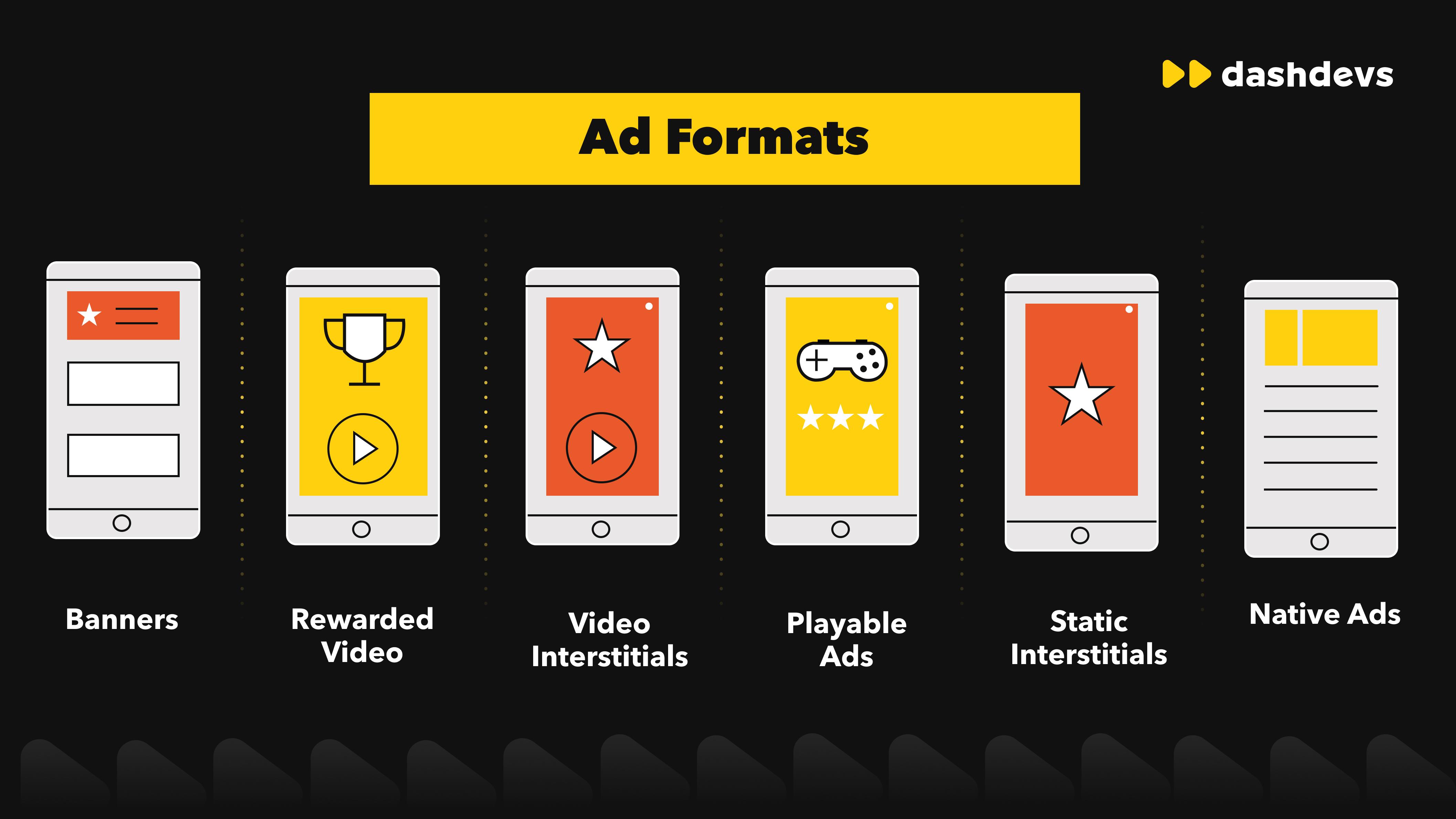
Monetization Strategies: Turning Your Passion into Profit
Turning your podcasting passion into profit is not only feasible but also an exciting journey filled with various monetization avenues. Here are some effective strategies you can consider:
- sponsored Content: Collaborate with brands that align with your podcast’s theme.Sponsored segments can provide ample financial support while offering value to your listeners.
- listener Donations: Platforms like Patreon allow your audience to support your work directly. by offering exclusive content or perks, you can encourage listeners to contribute financially.
- Affiliate Marketing: Promote products or services relevant to your audience.You earn a commission for every sale made through your unique affiliate link.
- Merchandising: Create merchandise related to your podcast, such as T-shirts, mugs, or other branded items. This not only generates revenue but also helps build a community around your brand.
- Online Courses or Workshops: If you possess expertise in a specific area, consider creating an online course or workshop. this not only diversifies your income but also establishes you as an authority in your niche.
To make the most of these strategies, it’s essential to know your audience. Conduct surveys or engage with your listeners on social media to understand what types of products or services they would be interested in. This insight allows you to tailor your monetization efforts effectively.
Additionally, consistency and quality are key in building a loyal listener base, which is critical for successful monetization. Focus on delivering engaging and valuable content regularly.The more you invest in your podcast’s quality,the more likely listeners will be to support you financially.
don’t hesitate to experiment with different monetization strategies. What works for one podcast may not work for another. Keep track of your results and be willing to adapt your approach. Over time, you’ll pinpoint the most effective ways to turn your passion for podcasting into a profitable venture.
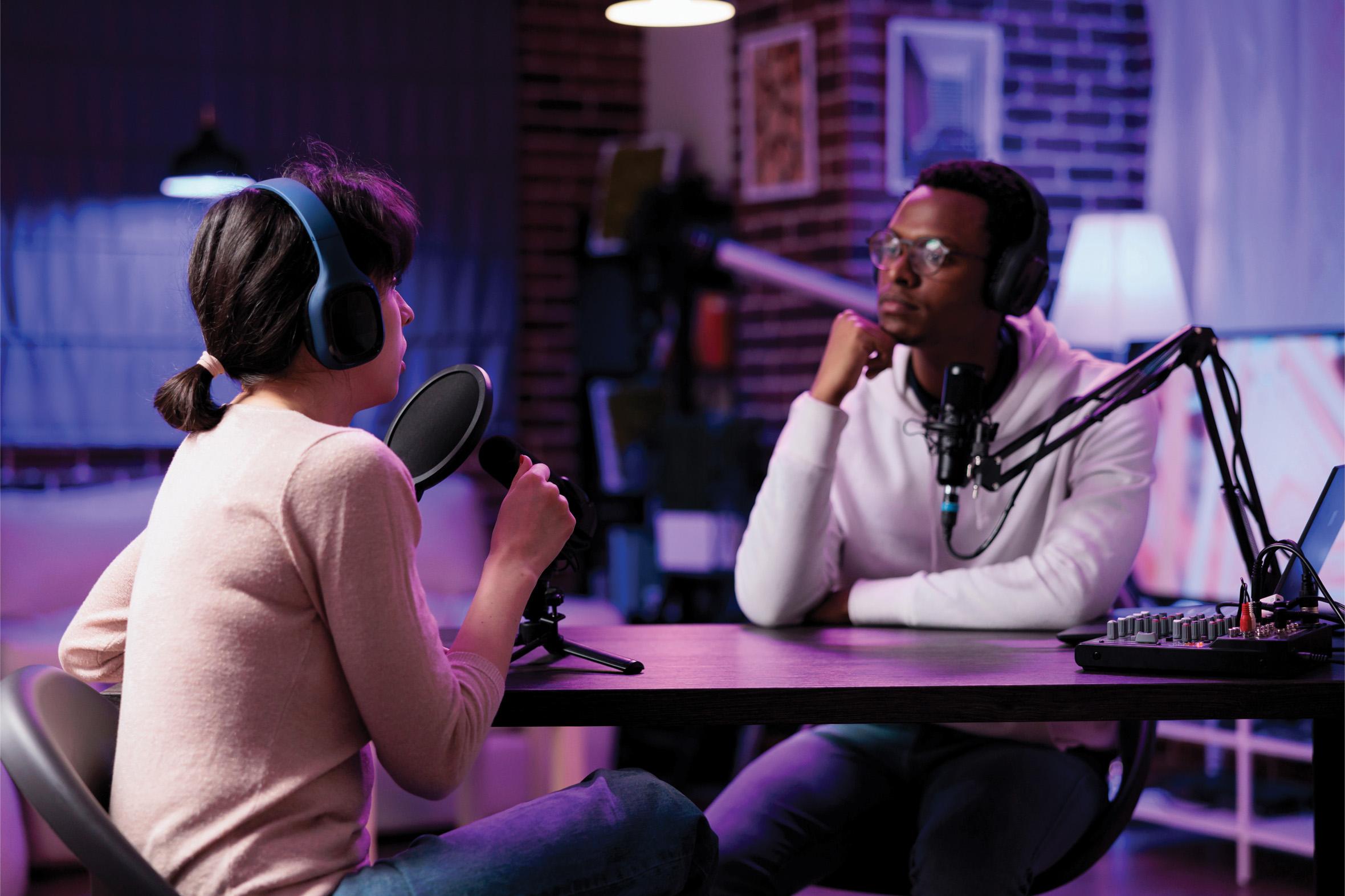
The Importance of Consistency in Podcasting Success
When it comes to podcasting, consistency is the secret sauce that can elevate your show from obscurity to a beloved staple in your audience’s routine. Listeners crave predictability; they want to know when to expect new episodes, and by delivering on that expectation, you build trust and loyalty. Here are some key reasons why maintaining a consistent schedule is crucial for your podcasting success:
- Audience Engagement: regular uploads keep your audience engaged. A consistent release schedule means your listeners have something to look forward to, enhancing their connection to your content.
- Brand Recognition: Just like a favorite TV show, your podcast will become a part of your listeners’ lives if they can rely on it being there. This consistency helps reinforce your brand identity and solidifies your presence in the crowded podcasting space.
- SEO Benefits: Search engines and podcast directories often rank shows higher that demonstrate consistency. Regularly scheduled episodes signal to algorithms that you are an active creator, making it easier for new listeners to discover your content.
Creating a consistent release schedule isn’t simply about regularity; it also involves planning and preparation. Here are a few tips to help you stay on track:
| Tip | Description |
|---|---|
| Batch Recording | Record multiple episodes in one sitting to stay ahead of schedule. |
| Editorial Calendar | Create a calendar to plan topics, guest appearances, and release dates. |
| Set Reminders | Use reminders and alerts to keep you on track for editing and publishing. |
Moreover, consistency isn’t just about how often you release episodes; it’s also about the quality and format of your content. Establishing a recognizable style will help to create a signature experience for your listeners. Here’s how to maintain quality:
- Keep It Authentic: Your unique voice is what will draw listeners in. Be genuine in your presentations and discussions.
- Engage with Your Audience: Encourage feedback and interaction. This can definitely help you gauge what works and what doesn’t, allowing for adjustments while still keeping a consistent core.
- Evaluate and Evolve: Regularly assess your content and adapt as necessary. This ensures that while your schedule remains consistent,your content evolves to meet the needs of your audience.
the road to podcasting success is paved with consistency. From your upload schedule to the quality and authenticity of your content,every aspect contributes to building a loyal listener base. By committing to a consistent approach, you not only enhance your brand but also foster a community that is excited to tune in every time you release an episode.

Engaging with Your Audience: Building a Community Around Your Podcast
Creating a podcast is just the beginning; the real magic happens when you engage with your audience and foster a thriving community around your content.Your listeners aren’t just passive consumers; they’re potential advocates who can definitely help your podcast reach new heights. Here are some effective strategies to build and nurture this community:
- Utilize social Media: Connect with your audience on platforms like Instagram,Twitter,and Facebook. Share behind-the-scenes content, episode teasers, and engage in conversations that matter to them.
- Create a Dedicated Online Space: consider setting up a forum or a Facebook group where your listeners can discuss episodes, share their thoughts, and connect with one another.
- Encourage Listener Feedback: Actively seek out your audience’s opinions through surveys or polls. Use their feedback to shape future episodes and show that their voices matter.
- Host Live events: Bring your podcast to life by organizing live shows, Q&A sessions, or meet-and-greets.this personal touch can deepen listener loyalty and engagement.
- Incorporate Listener Stories: Invite your audience to share their experiences related to your podcast topics.Feature these stories in your episodes to create a more inclusive atmosphere.
Another great way to foster community spirit is through collaboration. partner with other podcasters, experts, or influencers in your niche. This not only broadens your reach but also creates a sense of camaraderie among listeners from different backgrounds. Think about cross-promoting episodes or hosting joint live events to maximize interaction.
consistency is key. Regularly update your podcast and maintain a predictable schedule to keep your audience looking forward to new content. Utilize email newsletters to send out episode reminders,exclusive content,or community highlights. this keeps the conversation going and reinforces your connection with your audience.
By actively engaging with your listeners and encouraging them to participate, you can create a loyal community that not only supports your podcast but also amplifies your message. Remember, the stronger your community, the more impactful your podcast will be!
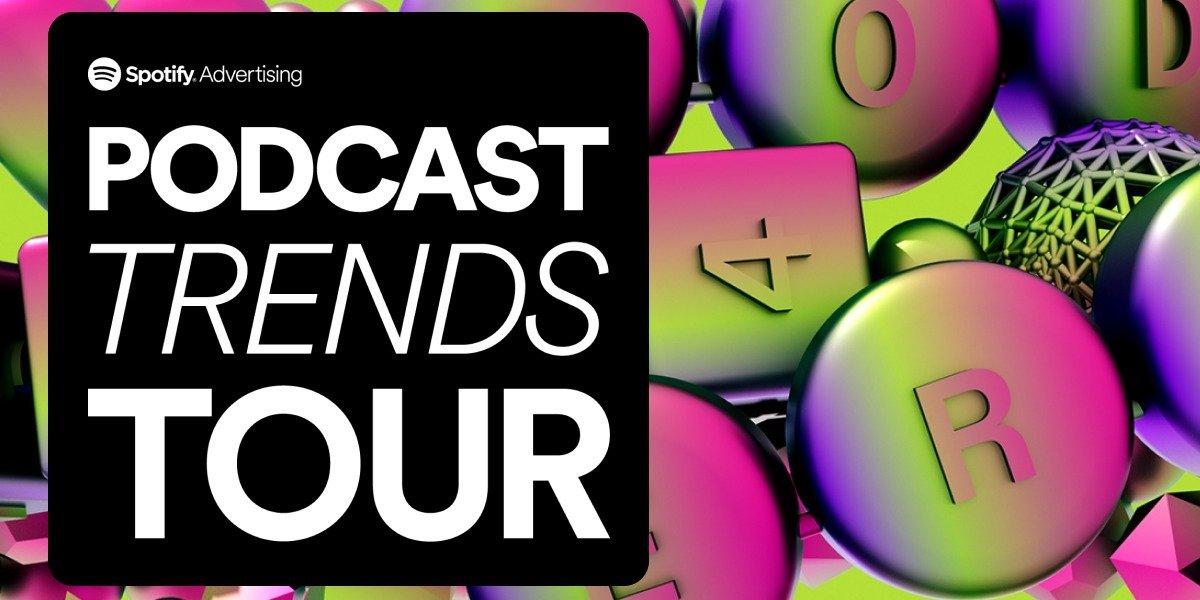
Staying updated on Podcast trends and Innovations
As the podcasting landscape continues to evolve, staying informed about the latest trends and innovations is essential for podcasters and listeners alike. The podcasting industry has seen remarkable growth in recent years, making it a vibrant space filled with opportunities for creativity and connection. Understanding what’s trending can help creators stay relevant and cater to their audience’s needs effectively.
One of the most exciting trends is the rise of niche podcasts. While mainstream topics are still popular, listeners are increasingly seeking content that speaks directly to their specific interests. This shift allows creators to explore unique subjects, fostering a sense of community among fans who share those interests. Here are a few niches that are currently gaining traction:
- True crime stories
- Mental health and wellness
- Personal finance tips
- Environmental issues
- Specialized hobbies, like knitting or gaming
Another significant progress is the integration of technology into podcast production and distribution. Advances in AI and machine learning are making it easier for creators to edit audio, generate transcripts, and even personalize content for listeners.Platforms are also enhancing user experiences with features like:
- Interactive podcasts that engage listeners directly
- Smart recommendations based on listening habits
- Seamless integration with smart home devices
Moreover, monetization strategies are diversifying. Beyond traditional sponsorships, podcasters are exploring innovative methods to generate revenue, such as:
- Listener donations through platforms like Patreon
- Subscription models that offer exclusive content
- Merchandising opportunities tied to podcast branding
| monetization Strategy | Description |
|---|---|
| Listener Donations | Encouraging fans to support via platforms like Patreon. |
| Subscription Models | Offering premium content for a fee. |
| Merchandising | Creating and selling branded merchandise. |
Let’s not forget the importance of audio quality. As listeners become more discerning, high-quality production has become a standard expectation rather than a bonus. Investing in good microphones, soundproofing, and editing software can make a significant difference in listener retention and overall satisfaction.Additionally, platforms are now offering tools that cater specifically to improving audio quality and delivering a polished final product.
Engaging with listeners through social media and live events is also a growing trend. This interaction helps build a loyal community and keeps the conversation going beyond the podcast episodes. Creators who actively respond to feedback and adapt their content based on listener preferences often find themselves with a more dedicated fan base.
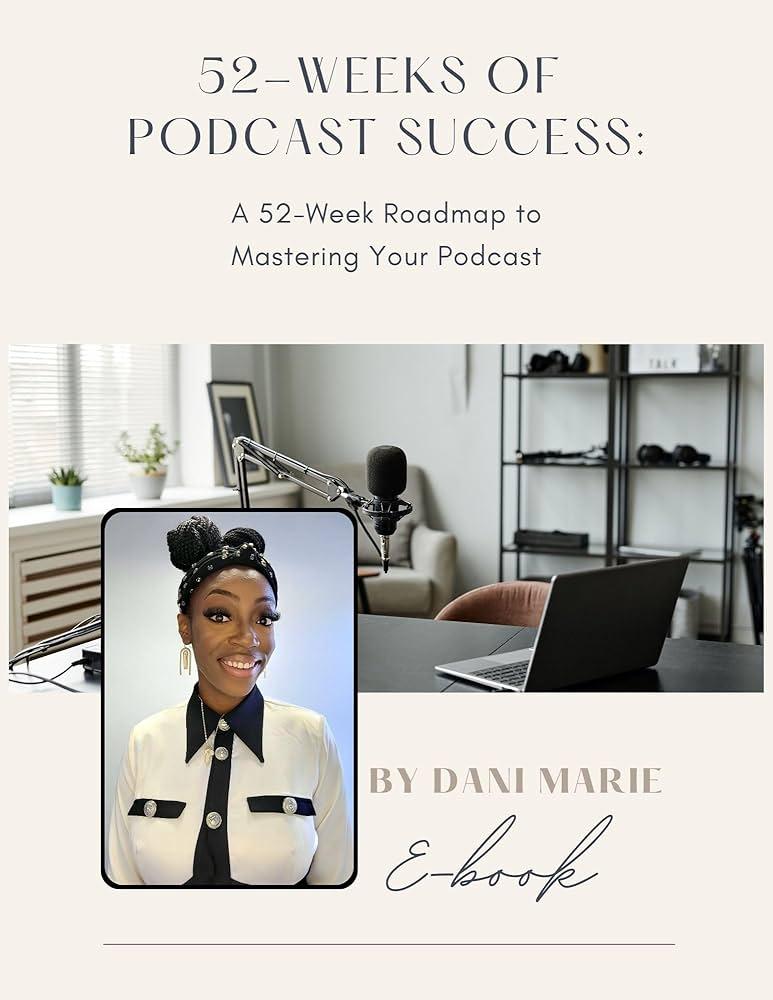
Final Thoughts: Taking the Leap into Podcasting Success
As you stand on the edge of the podcasting world, it’s essential to remind yourself that every successful podcaster started as a beginner. The journey into this vibrant medium can seem daunting,but with the right mindset and tools,you can transform your passion into something remarkable.
Embrace Your Unique Voice: One of the most compelling aspects of podcasting is the prospect to share your unique perspective. Think about what makes your story different and how your experiences can resonate with others. Don’t shy away from your authenticity; it will be your greatest asset.Listeners can sense genuine passion,and that’s what keeps them coming back for more.
Consistency is Key: Success in podcasting doesn’t happen overnight. It requires consistent effort and dedication. Set a realistic schedule that you can maintain,whether it’s weekly or bi-weekly. This not only builds trust with your audience but also helps you hone your skills over time. consider creating a content calendar to plan your episodes in advance. This approach can streamline your workflow and keep you organized.
Invest in Quality: While you don’t need to break the bank, investing in decent equipment and editing software can significantly enhance your podcast’s audio quality. A clear sound is crucial to keeping your listeners engaged.A simple setup with a good microphone and headphones can make a world of difference. Over time, you can upgrade your gear as your podcast grows.
engage with Your Audience: Building a community around your podcast is crucial. Use social media platforms to interact with your listeners, ask for their feedback, and encourage them to share your content. Consider creating a dedicated group or forum where fans can discuss episodes or share ideas. This engagement not only strengthens your community but can also lead to valuable insights that shape future content.
Learn and Adapt: The podcasting landscape is ever-evolving. Stay informed about industry trends, listen to feedback, and be willing to adjust your approach. It’s a learning curve, and each episode is an opportunity to improve. Celebrate your successes, but don’t fear failure; every misstep is a stepping stone toward mastering your craft.
Ultimately, the leap into podcasting success is about more than just recording episodes; it’s about connecting with your audience and sharing your journey. So gather your gear, outline your first episode, and take that first step. Your voice deserves to be heard,and who knows? Your podcast might just be the next big hit!
Frequently Asked Questions (FAQ)
Q&A: What is a Podcast & How Does it Work? (ultimate Guide)
Q: What exactly is a podcast?
A: Great question! A podcast is essentially a series of audio episodes that you can stream or download to listen to at your convenience. Think of it like a radio show that you control—listen when you want, where you want, and on your own schedule! They cover an endless array of topics, from true crime to personal development to technology. If you have an interest, there’s likely a podcast for it.
Q: How does a podcast actually work?
A: Podcasts are hosted online, usually on platforms like Spotify, Apple Podcasts, or dedicated podcast sites. Creators record their episodes using microphones, then edit them for clarity and polish. Once the episodes are ready, they upload them to a podcast hosting service, which distributes them to various platforms. All you have to do is subscribe to your favorite shows, and new episodes automatically appear in your feed!
Q: What makes podcasts so popular?
A: The beauty of podcasts lies in their accessibility and versatility. You can listen while commuting, exercising, or even doing household chores. They fit seamlessly into busy lifestyles! Plus, the range of topics means there’s something for everyone, whether you’re looking to learn, laugh, or be entertained. They also foster a sense of community; many shows encourage listener interaction through social media or live events.
Q: Can anyone start a podcast?
A: Absolutely! Starting a podcast has never been easier. All you need is a good idea, a microphone, and some basic recording software. while production quality matters, many successful podcasters began with just a laptop and a passion for sharing their message. So, if you’ve got something to say, the world is all ears!
Q: What do I need to start my own podcast?
A: You’ll want to gather a few essentials: a decent microphone for clear audio, recording software (there are plenty of free options), and a hosting platform to store and distribute your episodes. Planning your content is also key—think about your niche, target audience, and episode structure. And don’t forget to promote your podcast on social media to build your listener base!
Q: How can podcasts benefit me personally?
A: There are countless benefits! Podcasts are a fantastic way to learn new things, discover diverse perspectives, and even enhance your skills, all while multitasking. They can inspire you, provide entertainment, and even serve as a form of companionship, especially if you’re feeling a bit isolated. Plus, engaging with podcasts can also spark new ideas and creativity!
Q: Are podcasts just audio, or is there more to them?
A: While traditional podcasts are primarily audio-based, many creators are branching out into video podcasts, where listeners can watch as well as listen. This adds a visual element that can enhance the experience, making it more engaging. So, whether you prefer just audio or a combined format, there’s plenty to explore!
Q: What is the future of podcasts?
A: The podcasting world is growing rapidly and shows no signs of slowing down. With advancements in technology, there are more opportunities for interactive content and specialized platforms. Brands and businesses are also increasingly recognizing the power of podcasts to connect with audiences, so expect to see an even broader range of topics and formats emerging in the coming years.
Q: Where can I find recommendations for good podcasts?
A: There are numerous ways to discover great podcasts! many podcast platforms have curated lists and rankings based on popularity and genre. You can also check out social media groups or forums where podcast lovers share their favorites. Personal recommendations from friends or even popular bloggers can lead you to your next favorite show!
This guide should help you dive into the world of podcasts, whether you’re a curious listener or considering starting your own show. so grab your headphones and start exploring!
Concluding Remarks
And there you have it—the ins and outs of podcasts, demystified just for you! Whether you’re considering starting your own show or simply looking to dive into the world of podcasting as a listener, understanding the basics can empower you to make the most of this amazing medium. Remember, podcasts are more than just audio; they’re a vibrant community of voices sharing stories, insights, and ideas that can inspire, educate, and entertain.
So why not give it a try? Plug in your headphones, explore different genres, or start sketching out your podcasting ideas. The world of podcasts is vast and waiting for you to jump in.With the knowledge you’ve gained from this guide, you’re more than ready to take the plunge. Happy listening—and creating! Your next favorite podcast adventure is just a play button away.

